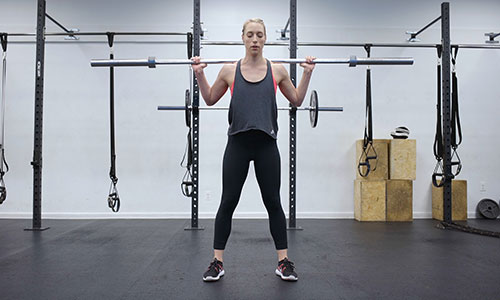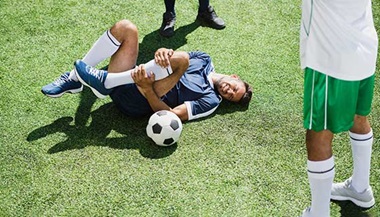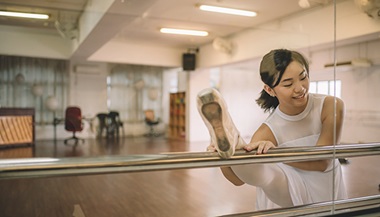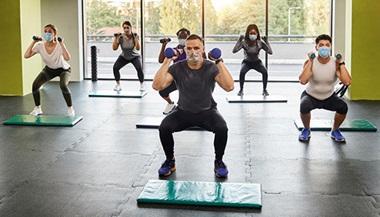ACL Tears in Female Athletes: Q&A with a Sports Medicine Expert
Featured Expert:
How do ACL tears happen?
Most of the time, ACL injuries occur in a non-contact fashion, such as quickly changing directions to dodge a defender in soccer or landing from a layup in basketball. The sudden force from a twist or landing may cause the ligament to tear.
Why are ACL tears more common in female athletes?
The structure of the knee joint in women plays a big role in putting them at a higher risk for an ACL tear. Women’s joints — including the knee — generally have more looseness and range of motion than men’s. Women also often have less muscle mass around the knee, contributing to more instability, which can lead to a ligament tear if the ligament gets overstretched.
Technique differences also play a role. When coming down from a jump, female athletes tend to land in a collapsing pattern, moving their knees inward and often not bending them enough. The combination of these factors makes an ACL tear more likely.
Is ACL tear treatment different for female athletes?
The treatment options for ACL tears are the same, regardless of your gender. They typically include physical therapy, anti-inflammatory medications and, often, surgery. However, there is a benefit in working with a sports medicine specialist who understands that the ACL tear mechanism in women is different from how it occurs in men. He or she can provide recommendations to improve technique or strengthen certain muscle groups to help prevent a second injury.
The Johns Hopkins Women’s Sports Medicine Program

The Women’s Sports Medicine Program at Johns Hopkins features experts in nutrition, concussions, orthopaedic surgery, physical therapy and more. Our team understands the unique needs of female athletes and uses a “whole body” approach to treatment.
Is surgery always necessary after an ACL tear?
Not necessarily. The decision to repair an ACL tear with surgery should factor in age, current activity level and desired activity level. Women who are older and/or don’t participate in many high-intensity sport or leisure activities might get good results from physical therapy alone. Meanwhile, women who play sports or have knee-straining jobs or hobbies, such as dancing, may benefit from surgery to recover as much function as possible and continue their active lifestyle. A sports medicine specialist can help decide which option is best.
Are women more likely to re-tear an ACL?
The same mechanism that led to the first injury can lead to a second one. An ACL tear can happen again, either in the reconstructed knee or in the healthy knee. The quality of the reconstruction, activity level and sport of choice all play a role in reinjury risk.
Unfortunately, it’s still possible to re-tear an ACL that was reconstructed and rehabilitated perfectly. The higher the activity level, the higher the risk.
ACL Surgery | Michelle's Story
What can female athletes do to prevent ACL tears?
Sports injuries are always a possibility, even if you do everything right. But there are steps you can take to minimize risk factors related to your technique, training and lifestyle. The following recommendations are all equally important in preventing ACL tears and other sports injuries:
- Practice good technique. While not a guarantee, proper technique when training and playing a sport can help ward off sports injuries. Work with your coach and/or your sports physical therapist to identify improper form and correct it.
- Avoid working out while overly fatigued. When you’re tired, it’s easier to make mistakes or forget about good technique. Getting enough sleep and stopping a workout before exhaustion sets in help to prevent injury.
- Work to develop muscle groups evenly. Core and extremity strength are equally important. Focusing on one while ignoring the other increases your risk of injury.
- Create a balance between strength and flexibility. Both tight and overstretched muscles are more prone to injury. Working on strength and flexibility in moderation is key.
- Eat a balanced diet. Poor nutrition leads to decreased strength, endurance and attention. Eating well can help improve your focus and performance.








